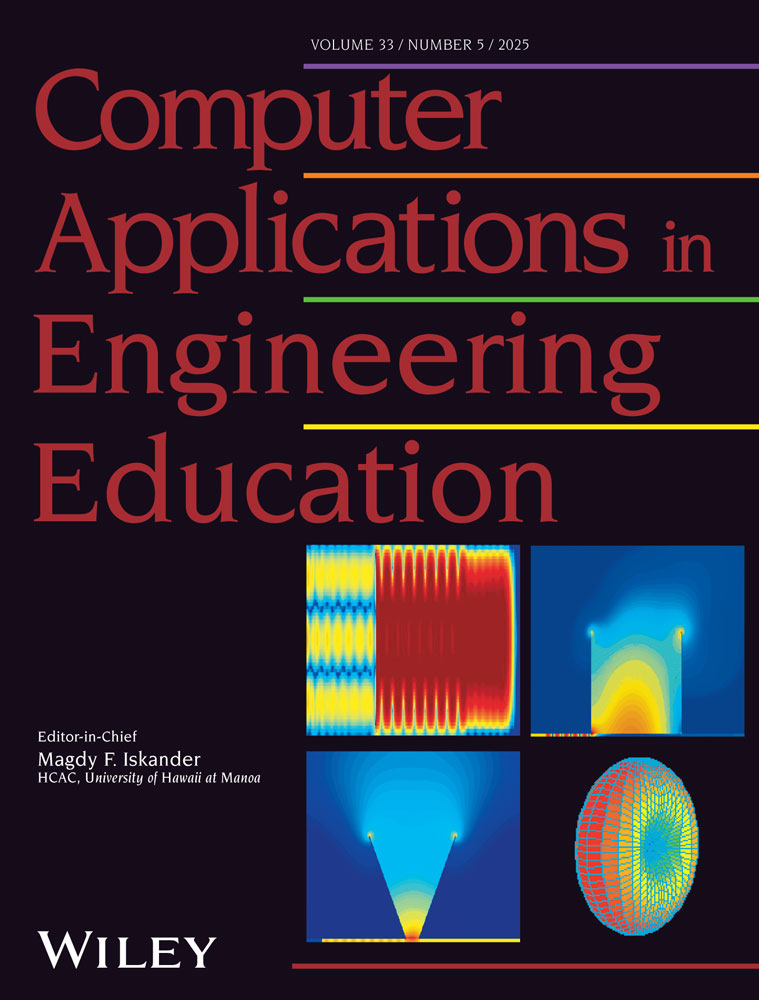Teacher strategies simulation by using fuzzy systems
Abstract
Fuzzy system technologies are of emerging interest in the specification and implementation of complex systems. This article introduces fuzzy instructional planner, which models the tutor module in a intelligent tutorial system (ITS). The behaviour of this system is defined by strategies which adapt the learning process for individual students by applying appropriate pedagogical methodologies. For this reason, the purpose of a instructional planner is to mimic the behaviour of the teacher able to control learning process satisfactorily. The knowledge acquisition is based on the reasoning carried out by the teacher in a learning process. Usually, this information is obtained from human expert who supplied linguistic information. The capacity to use linguistic information is specific to fuzzy inference systems. © 2010 Wiley Periodicals, Inc. Comput Appl Eng Educ 18: 183–192, 2010; Published online in Wiley InterScience (www.interscience.wiley.com); DOI 10.1002/cae.20128




